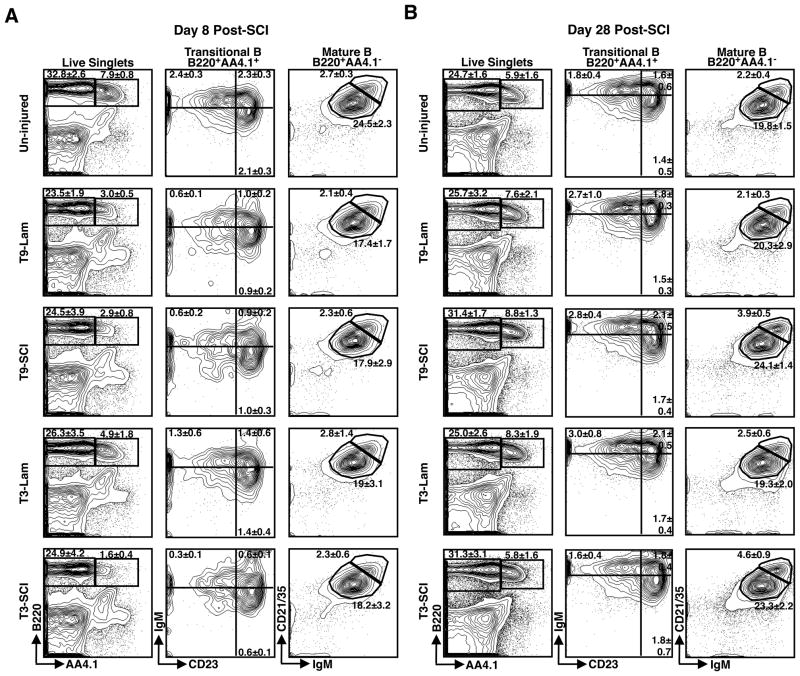Figure 2. The frequency of B cell progenitors in spleen is reduced following acute SCI.
Representative FACS gating strategy to identify B cell subsets in the spleen at day 8 (A) and day 28 (B) after T3-SCI, T9-SCI, T3-Lam, T9-Lam or in un-injured control mice. Contour plots show the mean frequency and standard deviation of developing B220+AA4.1+ and mature B220+AA4.1− splenic B cells (left panels), and further subsetting of IgMhiCD23− transitional type 1 (TR1), IgMhiCD23+ transitional type 2 (TR2), and IgMloCD23+ transitional type 3 (TR3) developing B cells (middle panels, gates configured clockwise) as well as IgMhiCD21/35hi MZ B and IgMloCD21/35lo FO B cells (right panels) among live singlets. At day 8 post-SCI, n=5 for un-injured, n=8 for T9-Lam, n=6 for T9-SCI, n=8 for T3-Lam, and n=5 for T3-SCI. At day 28 post-SCI, n=5 for un-injured, n=7 for T9-Lam, n=5 for T9-SCI, n=7 for T3-Lam, and n=6 for T3-SCI.

